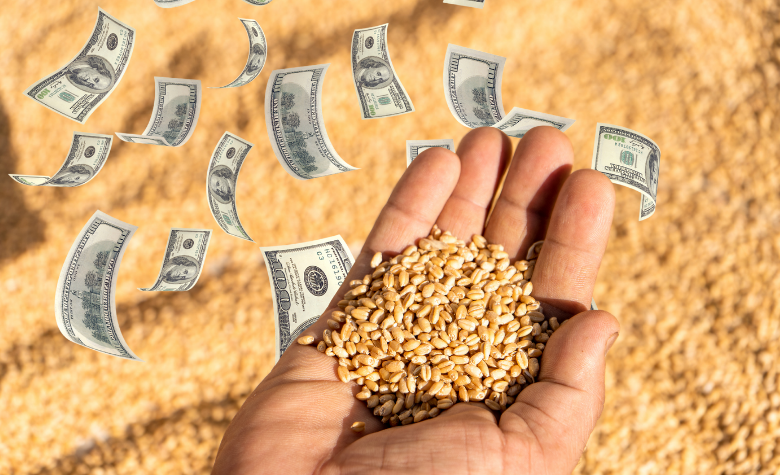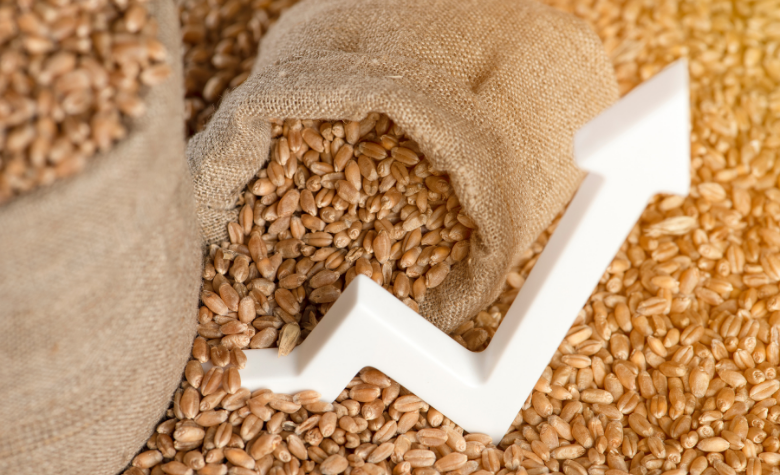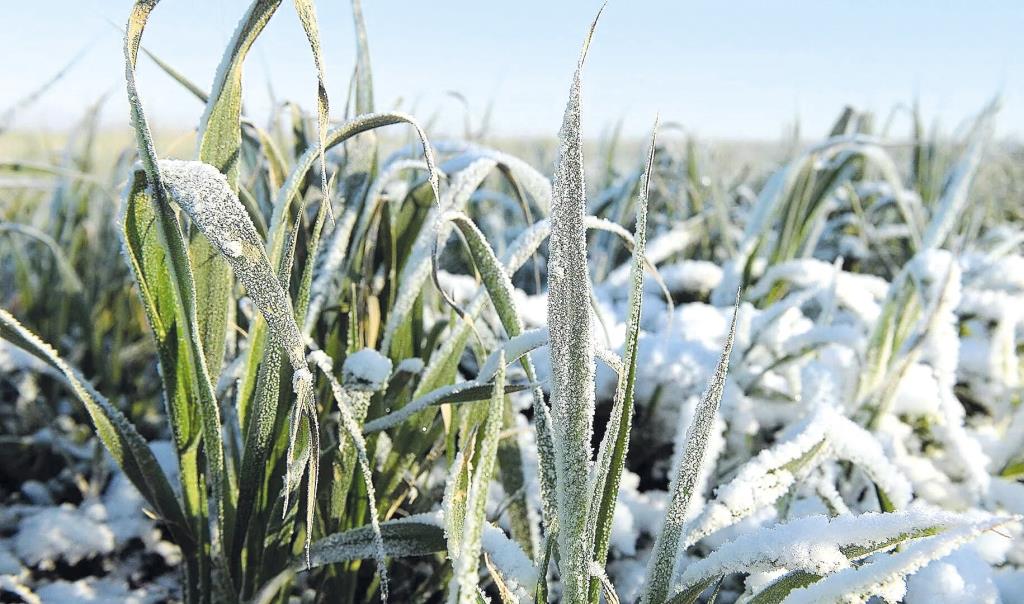
According to preliminary estimates, in 2024, Ukrainian farmers harvested about 54.7 million tonnes of various grains, which is 8.5% less than the previous period. Looking at the breakdown by major crops, about 21.8 million tonnes of wheat were harvested (-2.0% compared to last year), 25.8 million tonnes of corn (-19.4%), and 5.3 million tonnes of barley (+0.7%).
This year, weather conditions made a negative contribution (high air and soil temperatures, insufficient moisture). This was particularly noticeable for corn, whose yield decreased by 18%.
In the current marketing year, for the first time since the beginning of Russian aggression on Ukrainian territory, farmers are selling their harvest based on market conditions rather than the physical ability to export. Therefore, the harvest is being exported gradually. As of the first ten days of January, 69% of the barley designated for export has already been shipped, along with 63% of the wheat and 48% of the corn.
Since the beginning of the war, prices in the Ukrainian market were significantly lower than global prices due to expensive logistics and the inability to export. It was only in 2024 that they somewhat leveled out, thanks to the operation of our own grain corridor secured by the Armed Forces of Ukraine.
In December 2024, Ukraine exported 5.5 million tonnes of agricultural products, which is 11.1% less than the same indicator for the previous month (November 2024). This is the second consecutive month that a reduction in the export volumes of this category of goods has been observed. And, perhaps for the first time during the war, this reduction is linked not to logistical constraints created by the Russian army, but to the current market situation, a decrease in food stocks intended for export, and the desire of Ukrainian farmers to sell their products during a more favorable period.
Oilseeds show the largest percentage of decline (-28% compared to November 2024). This is due to the significant depletion of rapeseed stocks intended for export and a slowdown in the pace of soybean exports due to its current low price, especially compared to last year.
Exports of vegetable oils have also significantly decreased. Due to a noticeable increase in sunflower seed prices, some farmers are in no hurry to sell their harvest. This has led to a reduction in sunflower oil production volumes and, consequently, export volumes. It is worth noting that this is a temporary phenomenon.
A similar situation is observed in the export of grain crops. The price of corn, which now accounts for the lion’s share of grain exports, is showing positive dynamics in the Ukrainian market, and some farmers are not rushing to export their entire harvest at this time, anticipating an even more favorable period. Combined with a drop in the pace of wheat exports, this has led to a reduction in overall grain export volumes.
In 2024, the TOP-10 main grain importers accounted for 73% of the total grain exports in physical terms.
The ranking is as follows: Spain (22% of total grain exports), Egypt (10%), China (9%), Turkey (8%), Italy (7%), the Netherlands (5%), Indonesia (5%), Tunisia (3%), Vietnam (3%), and Israel (3%).
In January 2025, there has been a price increase for all types of grain compared to the same period last year. Currently, the price for wheat at elevators in central Ukraine is around $193/tonne (+$73/tonne year-over-year), corn is at $177/tonne (+$63/tonne year-over-year), and barley is at $166/tonne (+$87/tonne year-over-year).
This year, for the first time during the war, it is possible to speak of profitability in the cultivation of all types of grain. Previously, corn and barley were unprofitable or minimally profitable. However, this does not apply to all farms. Some enterprises in the south and east of our country experienced extremely low yields due to unfavorable weather conditions. Unfortunately, in such cases, there are no grounds to speak of profitability in grain cultivation.
According to preliminary estimates, the main changes in the structure of sown areas will be as follows:
- A decrease in the sown area of soybeans or a return to the previous level. In 2022 and 2023, thanks to favorable global market conditions, soy was almost the only profitable crop. That is why in 2024, the sown areas for soybeans reached their maximum. This year the situation has changed, global soybean prices have dropped significantly, and consequently, the sown areas will be smaller next year.
- A decrease in the sown area for rapeseed. Unfortunately, the weather conditions during the autumn sowing for the 2025 harvest were not very favorable; there was a long period without precipitation and the soil was parched. This led to a reduction in the sown areas for rapeseed.
- An increase in the sown area for corn, as trade in this crop has become active again. Given its high yield, it was extremely difficult to export such a large volume under conditions of limited logistics. Now, thanks to the uninterrupted operation of the Odesa ports, exporting is becoming easier.
In recent months, about 300,000-400,000 tonnes of agricultural products were exported through the Danube river ports, and 500,000-600,000 tonnes through the western borders by road and rail. At the same time, 4-5 million tonnes were exported through the Odesa ports. Currently, alternative routes are used to export products either to geographically close countries or for certain specific categories of goods. The main reason is the cost of logistics. Therefore, maritime export remains the optimal option, and for now, there are no significant prerequisites for increasing exports through alternative routes.
Specially for AgroTimes


